Philizon enjoys a high reputation in Grow Light and Aquarium Led Light fields throughout Europe and America, Philizon also insists on taking high technology to design the newest&best Industrial Grow Light and aquariumlight constantly as the market request. Our R&D team with more than 10 people has rich experience in appearance design, electronic structure,heat dissipation simulation analysis, optical lens design, lightcontrol system etc. Most of our hydroponics full spectrum led grow lighting and marine coral reef ledaquarium lighting are private modules,we have 10 more design patent and utility model patent till now.
Our Industrial Grow Light is popular in led market, cause its elegant outlook and its high quality and competitive price.
What is Full spectrum led chip ?
It is the newest trend for indoor plants. Advanced LED Grow Lights chip,not provide sigle color ,provide broad spectrum 400nm~840nm,simialr with sun light ,but most is red and blue,it is best for plant grow.This is a revolutionary step for Grow light which have previously been unable to act as the sole light source for the indoor garden.Suitable for all stages of plant growth.
Advtanges:
Upgraded Epistar chips,High Lumen,High penetration.
Plug with listed certificate safe to use.
The Plug you can choose
Ageing Test
Our Quality Control systems
Package
Our professional Square Grow Light are suitable for all the indoor plants and good for seeding, growth,flowering and fruiting stages of plants, increasing the harvest and Saving energy.
Warnings:
1.lndoor use only.
2.To avoid being damaged,do not use water or drip irrigation while using.
3.Sunshine lighting time should be 12-18 hours.
4.While irradiating the plants,the height of led grow lamp is not less than 10 inches,low height will cause the destruction of plants.
5.Highly hang the lamp will weaken the energy and affect the growth cycle of the plants, so the lamp should not be hung too high.
6.While taking care of the plants, please spray the leaves and branches 2-3 times everyday,to ensure the the plants do not wrinkle a wither, and have no phenomenon of few fruit, and hard pericarp.
Our Company
Trade Terms
Payment: T/T, L/C, Paypal, 30% deposits before production, 70% balance to be paid before deliverying(Western Union are welcome)
Sample will be delivered within 7 working days.
Discounts are offered based on order quanlityes.
MOQ:sample order are acceptable
Delivery ways:DHL,UPS,FedEx,TNT, door to door,by sea,by air,etc.
Philizon Industrial Grow Light are perfect for green house applications and much more!
Led Commercial Grow Light,Led Grow Lights,Flower Plant Led Grow Lights,Fruits Plants LED Grow Light Shenzhen Phlizon Technology Co.,Ltd. , https://www.szledaquariumgrowlight.com
Water-saving and emission reduction is still a subject of research and discussion for many printing and dyeing companies. In recent years, remarkable achievements have been made in water-saving and emission reduction in the textile printing and dyeing industry, but at the same time, new problems have arisen in the practice of water-saving and emission-reduction. The reporter recently interviewed Chen Jinkun, deputy director of the Environmental Protection Technology Professional Committee of the China Printing and Dyeing Industry Association, on several hot issues of water saving and emission reduction, and increased the concentration of water pollutants in the Changzhou area of ​​Jiangsu Province. As an example, the consequences and causes are presented, and solutions and suggestions are proposed.
In the interview, Chen Jinkun analyzed the actual situation of the special water survey in the Taihu Lake basin.
Printing and dyeing enterprises can significantly reduce the amount of wastewater by implementing water-saving and emission-reduction measures. If water-saving measures are not taken to effectively reduce pollutants, but to save steam and electricity consumption, the long process of the production process is a short process and heat treatment. For cold reactors, the concentration of chemical agents is increased or the water temperature is increased to achieve the process effect. Although some companies use fresh water and the amount of waste water drops, the concentration of pollutants in wastewater increases. At present, the total amount of pollutants discharged by printing and dyeing enterprises has increased, which has become a prominent issue in water-saving and emission reduction.
While investigating a corduroy printing and dyeing plant in Changzhou Textile Industrial Park, he discovered that although the plant's production scale was small, the lessons were thought-provoking.
The main product of this printing and dyeing factory is dyed corduroy. The production process includes the following steps: gray fabrics – singeing – cold pile pre-processing – cold dyeing – dyeing and finishing. The factory completed corduroy dyeing of 10.5 million meters per year in 2010. The production wastewater discharge amounted to 133,750 tons throughout the year, and the 100 meters displacement was 1.27 m3/100 meters, which was much lower than the conventional corduroy dyeing and finishing plant 4.0m3/100m, and was also lower than the Ministry of Industry and Information Technology. Promulgated 2.5m3/100m emission targets. However, after the pretreatment of the printing and dyeing plant, the emission concentration often exceeds the standard, and the wastewater discharge concentration reaches CODcr800-2000mg/L, with a maximum of 12000mg/L. The investigation shows that there are problems in the production process and management, and there are also problems in the terminal management.
According to sampling analysis, the concentration of wastewater discharged from this dyeing plant before treatment reaches a maximum of CODcr16300mg/L, PH13.01, among which scouring agent CODcr1 is as high as 193768mg/L. Not only are wastewater CODcr high and alkaline, their end-of-pipe treatment measures also fail to meet standards. It is understood that although the printing and dyeing plant's production equipment has been replaced many times, it has changed from a long car to a short car until it is changed to cold and cold. The end of the treatment for the physical treatment, but the layout of the production equipment scattered more messy, all the structures are all relying on the pump to enhance, sludge, dewatering equipment is not perfect, waste water drainage and sometimes out of the mud with the row outside. In order to make the CODcr of the discharged wastewater not exceed 500 mg/L, they often use tap water to dilute the discharge, but they did not expect CODcr to be also included in the waste acid.
In the details, Chen Jinkun emphasized that the printing and dyeing wastewater treatment is a systematic project that includes waste water collection, transportation, treatment and discharge or reuse. Wastewater treatment plants (stations) are an important part of this system engineering. The amount of waste water determines the treatment scale, and the wastewater quality is an important basis for selecting the wastewater treatment process. Once the waste water treatment project is designed and constructed according to a certain quality of water, the concentration of waste water is doubled, and the waste water treatment project will inevitably be overburdened. Therefore, technological transformation is required. Otherwise, it will not meet the standard discharge. Therefore, some enterprises waste water treatment projects continue to transform, wastewater treatment costs are also rising.
With the increase in the enforcement of environmental protection departments and the adjustment of water resources fees, water fees, and sewage charges, the proportion of printing and dyeing water costs and sewage costs to the total cost of printing and dyeing production will increase, and water-saving awareness of enterprises will increase. The use of water meter measurement assessment, recycling of water many times and the degree of pollution of the waste water after the deep processing back into production. The above measures have achieved remarkable results in saving fresh water consumption and reducing wastewater volume. A number of advanced units for water saving and pollution reduction have emerged, such as Changzhou Donggao Dyeing and Finishing Co., Ltd., Changzhou Laosan Group Co., Ltd., and Changzhou East. Xia Textile Printing and Dyeing Co., Ltd., Changzhou Xurong Knitting Printing and Dyeing Co., Ltd. and other advanced enterprises. The water consumption of printing and dyeing cloth is less than 2 tons, and the most saved water consumption per 100 meters is 1.5 tons or less, which is lower than the quotas of the relevant departments such as the Ministry of Industry and Information Technology, and the task of controlling the total amount of pollutants issued by the environmental protection department is completed.
Strict control of pollutants increase from the source The reporter learned from the interview that in order to ensure that the effluent quality of the wastewater treatment plant meets the GB32/T1072-2007 Taihu Lake water pollutant emission limitation standard, the management department of the Changzhou Printing and Dyeing Industrial Park took a A "measure: That is, four printing and dyeing plants will be closed and three companies will be closed, and arrangements will be made in turn, and they shall be required to take over the transformation of the factory's pre-processing plant.
If a printing and dyeing company does not attach importance to the problems of its source, it will in turn be affected by the printing and dyeing companies themselves. "First of all, we must start from the source of grey fabrics, do not use PVA slurry, and we must resolve to change this situation." Chen Jinkun said. The printing and dyeing industry has achieved certain results through the practice in 2011, but due to the reasons such as slurry price and textile factory process management, it is difficult to achieve this goal in the industry at present. Another road in the printing and dyeing factory pre-treatment process, the PVA and other difficult-to-degrade substances from the waste water separated into useful substances, and then significantly reduce the pollution load. At present, most of the pre-treatment of printing and dyeing uses the combined process of withdrawal (pulp) and boiling (training), and the dosage of caustic soda is 30% g/L to 50% g/L, and penetrant, scouring agent, soaping agent, etc. are added. These substances are mixed with PVA slurry in the wastewater, increasing the difficulty and cost of PVA recovery. Cold pre-treatment is also mixed with PVA with high-concentration caustic soda and scouring agent, and PVA is difficult to separate from waste water.
In addition, short-flow and cold-reactor pre-treatments are required to remove impurities (natural and artificial) from the grey fabric. It is common practice to increase the concentration of caustic soda. Some data show that the conventional treatment of caustic soda increased by 30%, but in the survey it was found that the actual pre-treatment of caustic soda concentration has more than doubled.
At present, there are many types of additives on the market, and the quality varies greatly. Taking the scouring agent of the corduroy factory investigated as an example, the CODcr content is nearly 200,000 mg/L. According to members of the Guangdong Printing and Dyeing Industry Environmental Protection Professional Committee, some so-called “cold dumpling kings†and “drilling enzymes†not only have high CODcr, but also have inhibitory effects on biologically treated bacteria.
Chen Jinkun also concluded: “At present, many companies in the printing and dyeing industry have water-saving and pollution-reduction situations at the technical management level. Process equipment design and management focus on value indicators, water, gas, and electricity savings are understandable in themselves. Ignoring the overall environmental benefits, such as reducing the amount of water, increasing the input of chemical substances, how much will the various pollutants increase, and how much it will cost to remedy? No one has ever considered this account. On the equipment, to think of ways to truly save energy from the source and reduce pollutant emissions."
According to a report by China Environment News, Canada and other countries have established the "Environmental Technology Verification (ETV) System". Recently, China's Ministry of Environmental Protection has also convened a China-Canada Environmental Technology Verification Seminar and will launch China's ETV system in due course.
From textile giants to textile giants, there is an urgent need to establish an “environmental technology verification (ETV) system†from the origin of the textile industry to the production process and pollution prevention and control. Technical verification of clean production technologies, new processes, new equipment, new materials, new dyes, new additives, and pollution prevention and control technologies in the textile industry will provide credible high-quality technical performance information for textile printing and dyeing enterprises. While developing the economy, we will create a win-win situation for both economy and ecology.
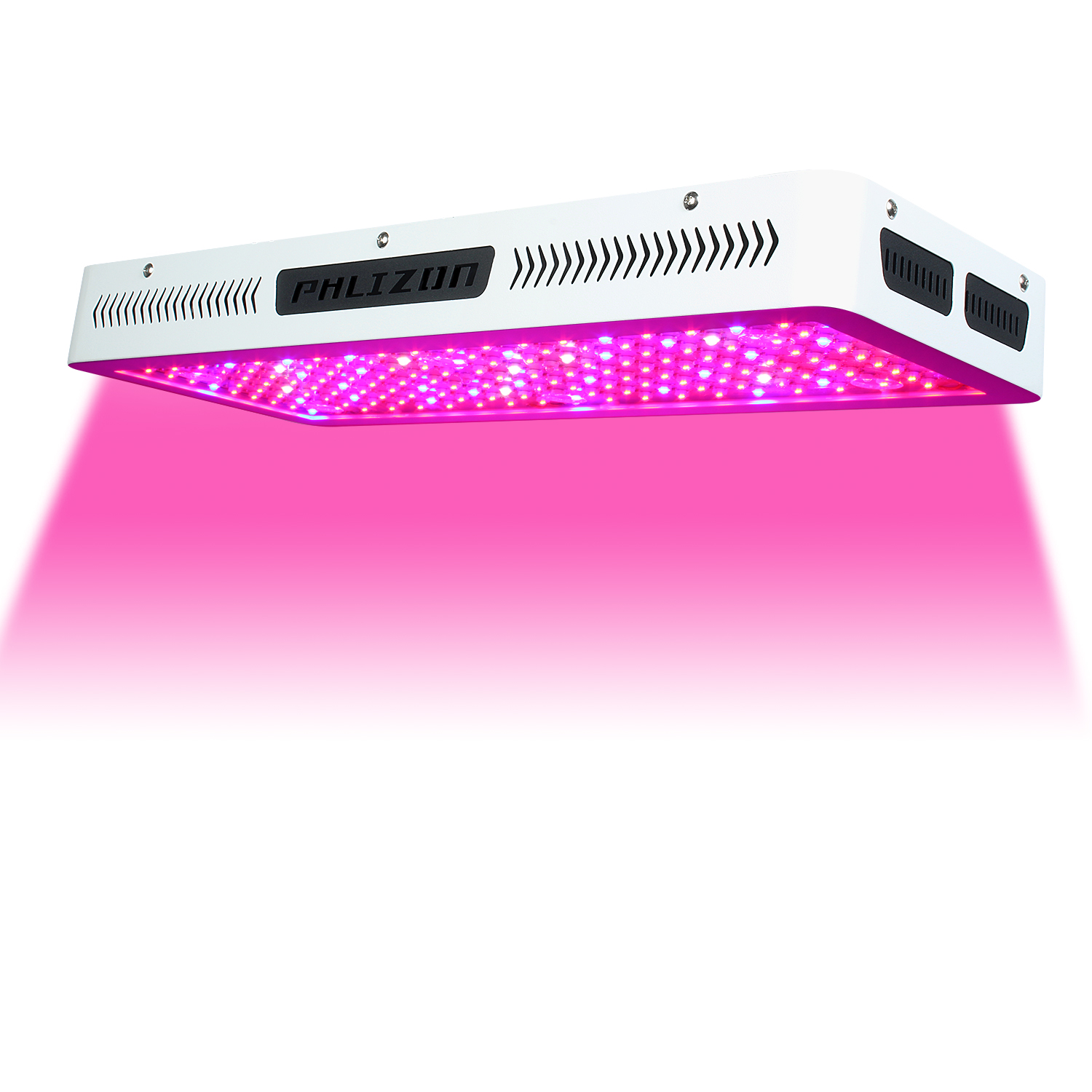


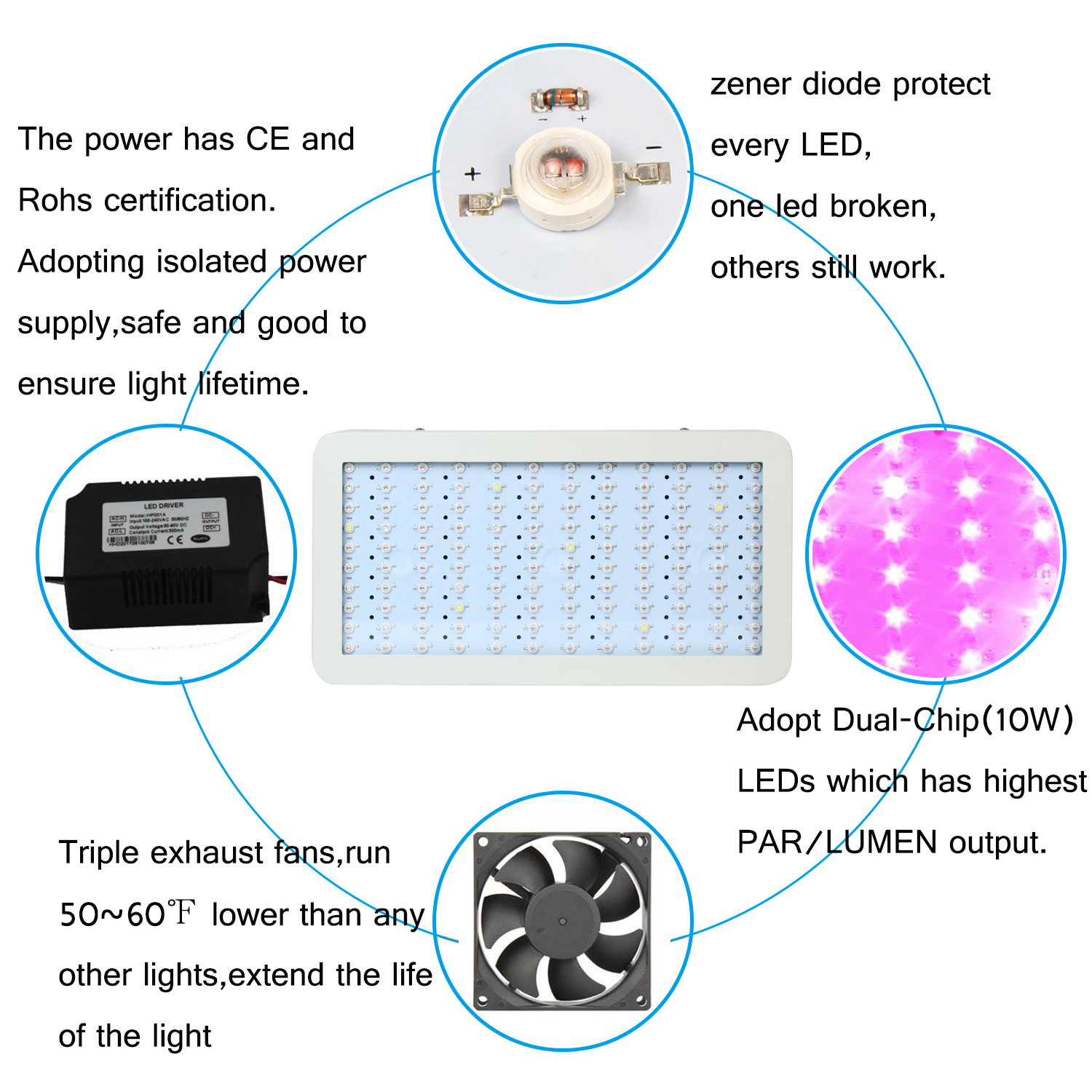

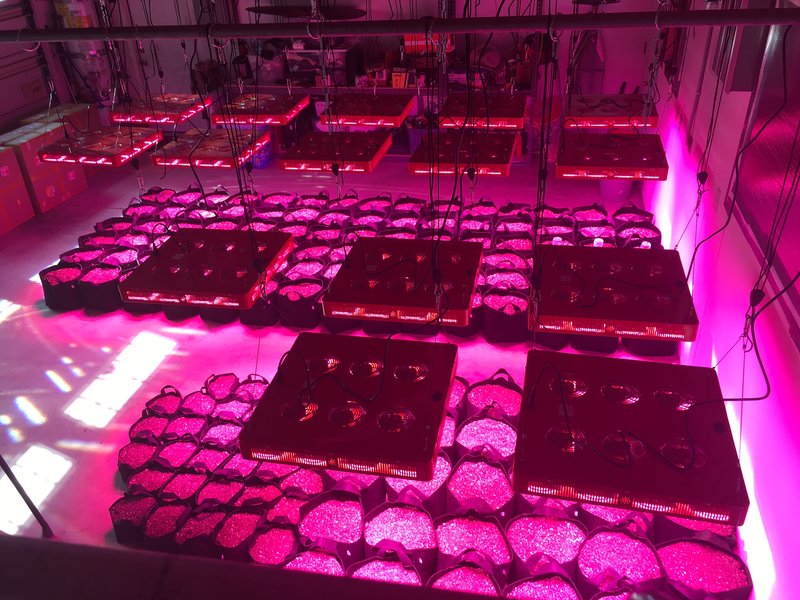
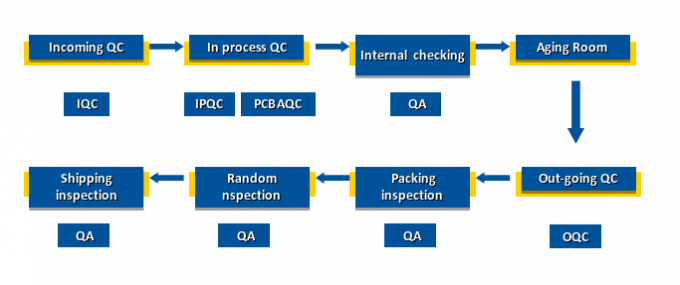

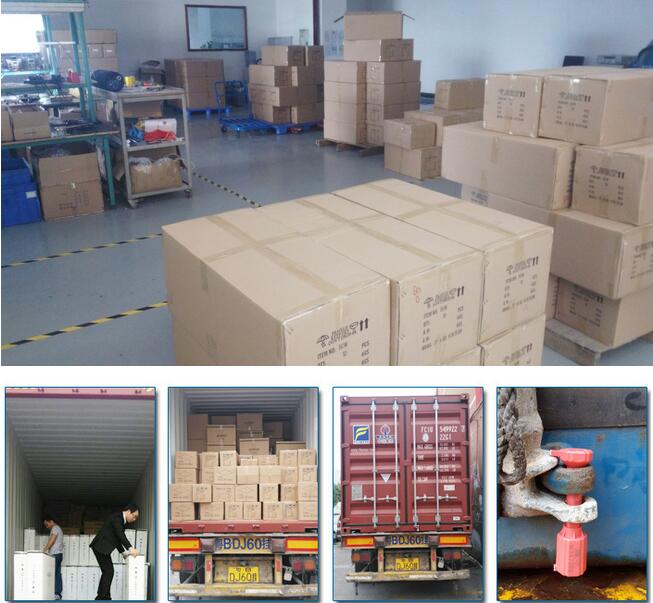

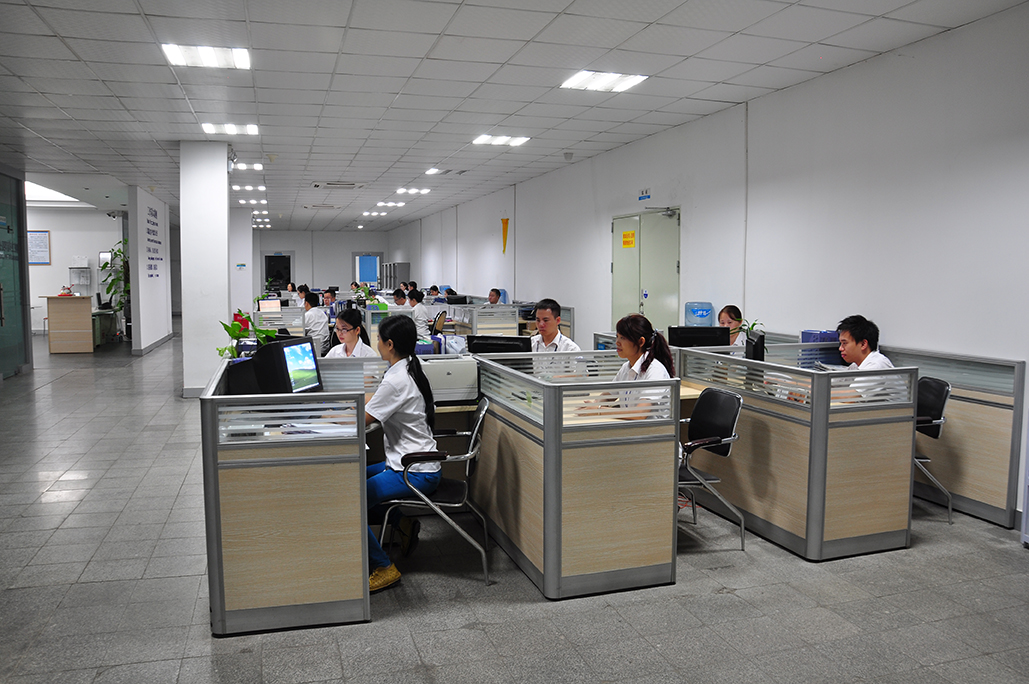
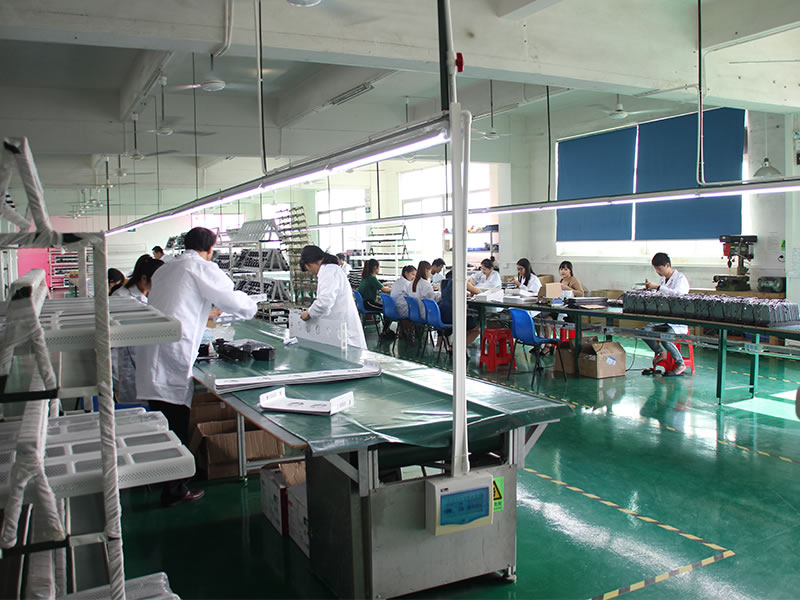
In the next 5 to 10 years, the voice of domestic environmental protection will grow even higher. The country will put forward higher requirements for carbon emissions, wastewater discharge and resource utilization, and the printing and dyeing industry must make positive responses.
Zener Diode protection Each LED,one LED Out,other LEDs still work.
High quality material,Listed Certification Wires,Heatproof Tube,Zero-Risk to catch fire.
Efficient Full spectrum Special rations of Blue,Red and White for both blooming &fruiting stages.
Adopting isolated power supply,safe&easy to maintain&long life time.
Aluminum heat-conducting plate+high quality brand fans,efficient heat dissipation.
IR LED involved,it is not as bright as other leds,But promote the yield.